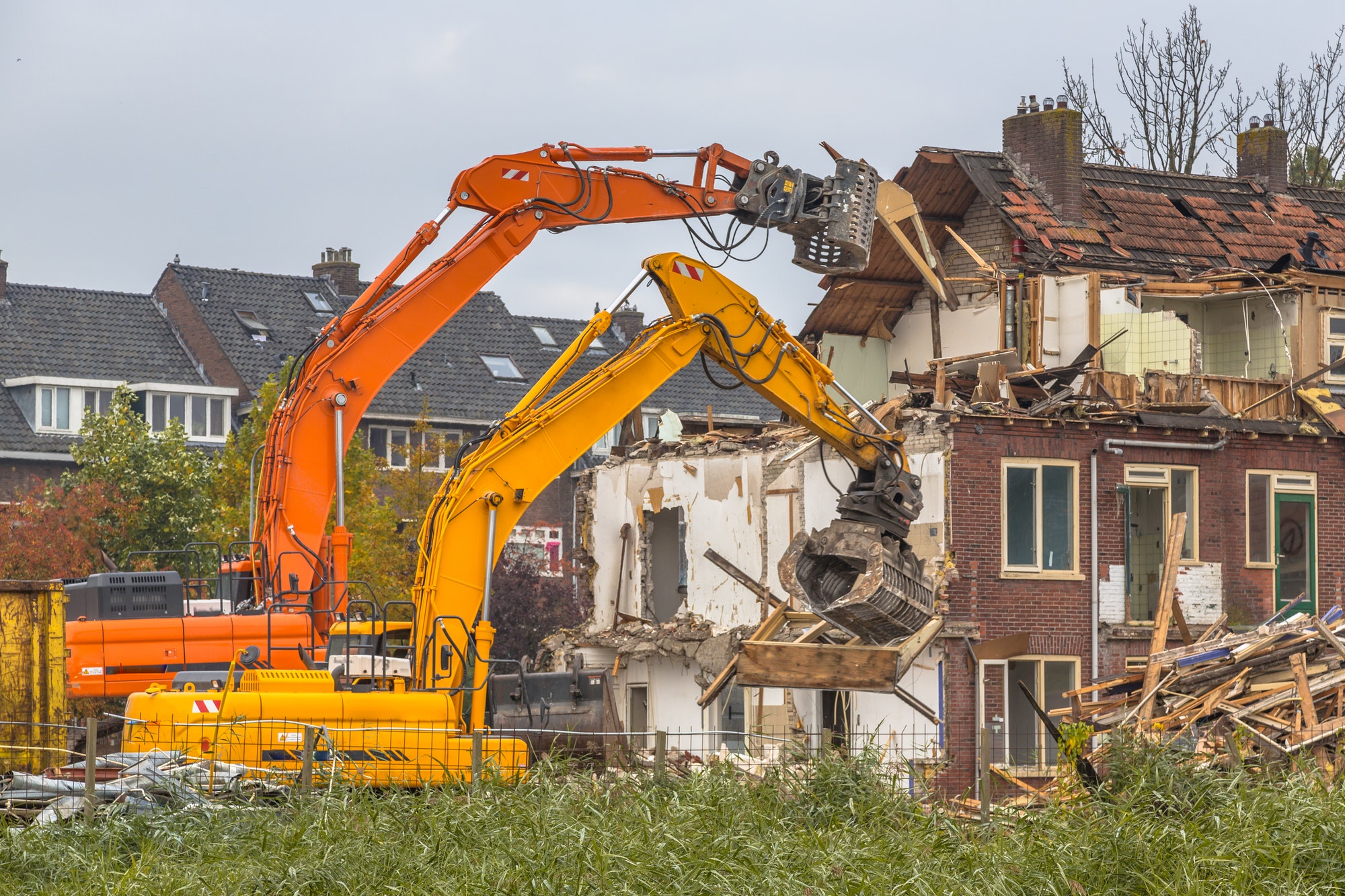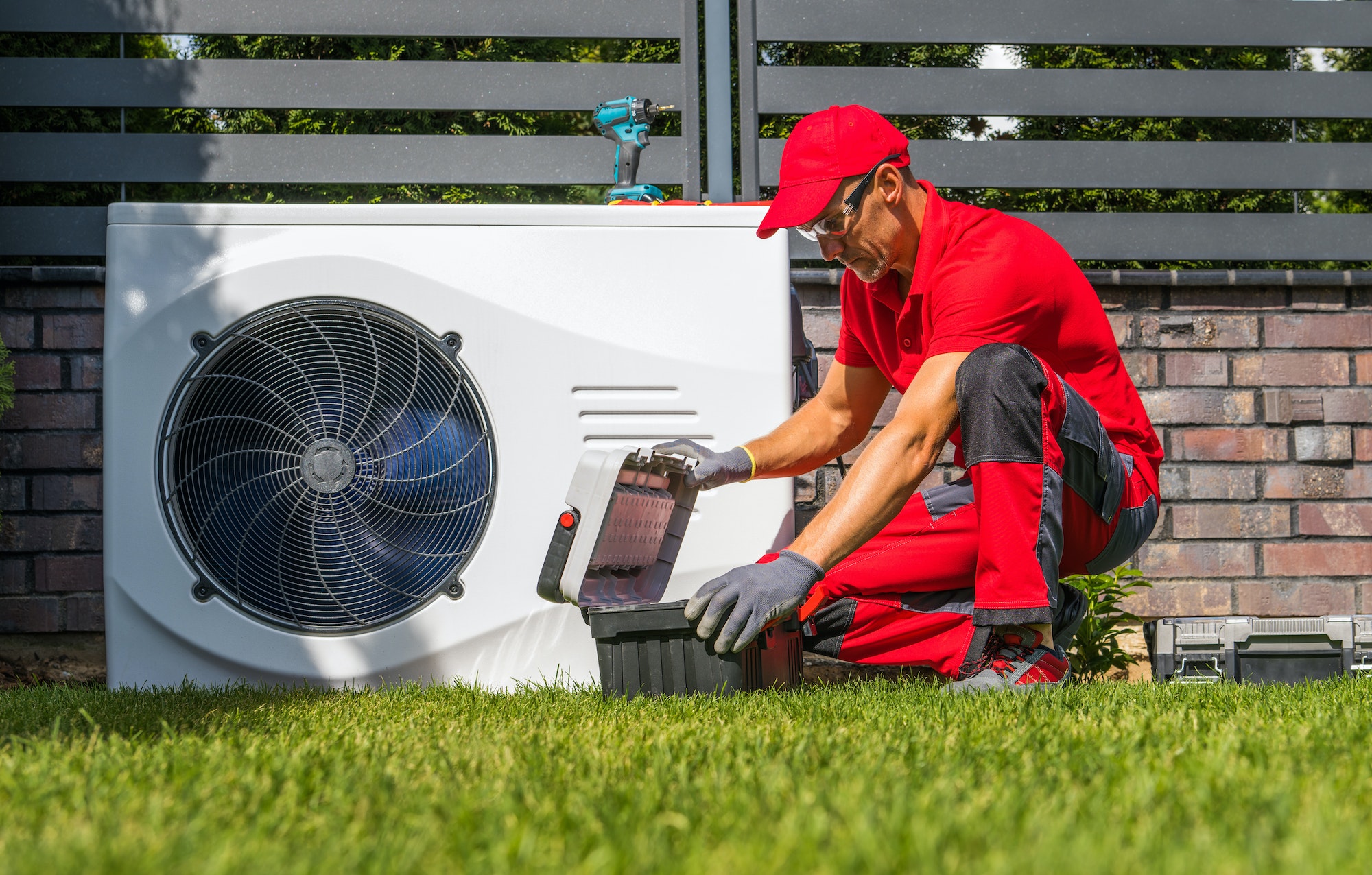Ground-Penetrating Radar (GPR) scanning has become an essential tool in industries such as construction, civil engineering, and utility locating. By providing accurate subsurface imaging, GPR helps mitigate risks that could lead to costly delays, safety hazards, and structural damage. But how exactly does it reduce these risks?
In this article, we explore the key benefits of GPR scanning Brisbane and how it plays a crucial role in risk management for various industries.
What Is GPR Scanning?
Ground-Penetrating Radar (GPR) scanning is a non-invasive technology used to detect and map subsurface objects, materials, and voids. It operates by transmitting high-frequency electromagnetic waves into the ground, concrete, or other surfaces. These waves penetrate the material and bounce back to the receiver when they encounter different objects or changes in density beneath the surface. The time it takes for the signals to return and their strength provide valuable information about what lies below.
GPR scanning is widely used for a range of applications, including:
- Utility locating – Detecting underground water, gas, and electrical lines.
- Structural analysis – Identifying reinforcement, conduits, and voids in concrete.
- Geotechnical surveys – Assessing soil conditions and subsurface stability.
- Environmental investigations – Locating underground storage tanks and contaminants.
- Archaeological surveys – Uncovering buried structures and artefacts without excavation.
This technology is highly effective because it provides real-time data without damaging the site, making it a preferred choice for professionals in various industries.
The Risks of Not Using GPR Scanning
Failing to use GPR scanning before construction, excavation, or drilling can lead to a range of risks, including:
- Accidental utility strikes – Damaging gas, water, or electrical lines can cause outages, hazardous leaks, and costly repairs.
- Structural failures – Undetected voids or weak foundations can result in building collapses or instability.
- Project delays – Unexpected obstacles can halt progress, leading to budget overruns.
- Workplace injuries – Striking underground hazards can put workers’ safety at risk.
By proactively scanning the subsurface, these risks can be significantly minimised.
How GPR Scanning Enhances Safety and Reduces Risks
GPR scanning contributes to risk mitigation in multiple ways, from improving worker safety to protecting infrastructure.
Prevents Utility Strikes
One of the most significant risks in excavation and construction is striking underground utilities. Hitting water pipes, electrical cables, or gas lines can cause severe damage, service disruptions, and even life-threatening situations.
GPR scanning helps detect and map the exact locations of these utilities, allowing project managers to plan around them and avoid accidental strikes.
Identifies Subsurface Voids and Weaknesses
Underground voids, sinkholes, or unstable soil conditions can compromise the stability of structures. These issues are often invisible from the surface but can cause foundations to shift or collapse.
By using GPR scanning, engineers can assess the integrity of the ground before construction begins, reducing the risk of structural failure.
Detects Reinforcement and Embedded Objects
When cutting or drilling into concrete, knowing the location of rebar, post-tension cables, and conduits is crucial. Cutting through these materials unintentionally can weaken structures and lead to costly repairs.
GPR scanning provides a clear view of embedded objects, ensuring that construction teams can work safely and efficiently.
Reduces Unnecessary Excavation
Traditional excavation methods often rely on guesswork, leading to unnecessary digging and damage. This not only increases costs but also extends project timelines.
GPR scanning allows for precise targeting, ensuring that only the necessary areas are excavated, reducing disruption to the site.
Prevents Damage to Historical and Archaeological Sites
In areas with historical or cultural significance, excavation poses a risk to buried artefacts and structures. GPR scanning can help detect and map these hidden elements, ensuring preservation efforts are maintained.
By identifying heritage sites before digging begins, developers and archaeologists can take necessary precautions to protect Australia’s rich history while continuing with essential projects.
Ensures Compliance with Regulations
Many industries have strict safety and environmental regulations that must be followed. GPR scanning helps businesses comply with these regulations by providing accurate data on underground conditions, helping to avoid legal and financial penalties.
Governments and regulatory bodies often require thorough underground assessments before approving construction or excavation projects. Using GPR scanning as part of due diligence can streamline approvals and prevent unforeseen regulatory issues.
Industries That Benefit from GPR Scanning
Construction and Civil Engineering
GPR is widely used in construction for pre-site assessments, ensuring that underground conditions are well understood before any work begins. It helps prevent costly mistakes and enhances the longevity of structures.
Utility Locating and Infrastructure Maintenance
Utility companies and contractors use GPR scanning to locate underground assets and assess their condition. This prevents service interruptions and ensures safe excavation practices.
Environmental and Geotechnical Surveys
Environmental agencies use GPR to detect underground contaminants, monitor soil conditions, and assess landfill sites. It helps in making informed decisions for land development and environmental protection.
Archaeology and Forensics
Archaeologists use GPR to uncover historical artefacts and structures without disturbing the ground, while forensic investigators use it to locate buried evidence.
Mining and Resource Extraction
The mining industry benefits from GPR scanning by assessing rock integrity, detecting voids, and locating valuable minerals or groundwater. This technology enhances safety for workers and prevents collapses in underground mines.
Choosing the Right GPR Scanning Provider
If you’re considering GPR scanning for your project, selecting the right provider is crucial. Look for a company with:
- Experienced technicians – Skilled professionals can interpret GPR data accurately.
- Advanced equipment – High-quality scanners provide better resolution and depth detection.
- Proven track record – A history of successful projects indicates reliability.
- Comprehensive reporting – Clear, detailed reports help in decision-making and regulatory compliance.
Before hiring a provider, ask about their previous work and request sample reports to ensure their services meet your needs.
Final Thoughts
GPR scanning is a game-changer in risk mitigation. By offering a non-invasive and highly accurate method of subsurface detection, it helps prevent utility strikes, structural failures, and costly delays. Whether in construction, utilities, environmental surveys, or historical preservation, using GPR scanning ensures safer, more efficient project execution.
Investing in GPR scanning is not just about compliance—it’s about protecting lives, infrastructure, and business operations. By integrating this advanced technology into site planning and excavation processes, industries can significantly reduce risks and improve overall project success.
Discover more from Futurist Architecture
Subscribe to get the latest posts sent to your email.



